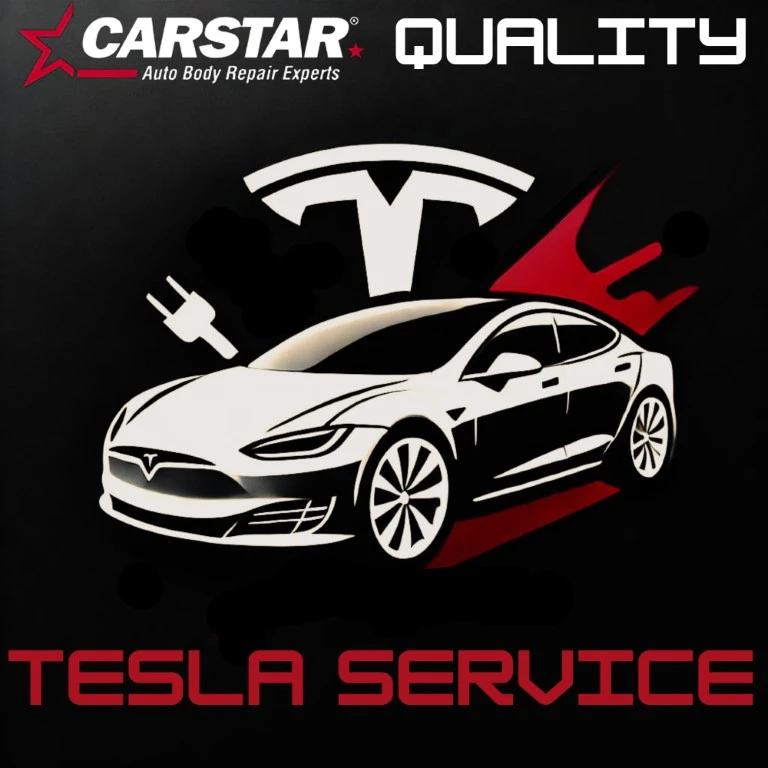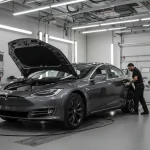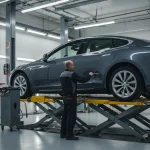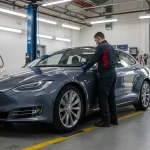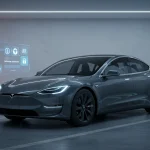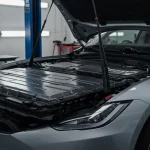In an era where electric vehicles (EVs) are prominently reshaping automotive transportation, the Tesla Supercharger Map has emerged as an indispensable tool for Tesla owners. This intricate network outlines the expansive array of Supercharger stations, strategically situated to support long-distance travel and enhance the overall driving experience for Tesla users. Whether you’re planning a cross-country adventure or requiring routine maintenance, the details concerning Quality Tesla Service and Carstar Quality Auto Body & Service underscore the comprehensive support available for Tesla vehicles. Positioned to cater to a wide demographic, including those in Feasterville-Trevose, PA, and surrounding areas, these facilities offer expert technicians, state-of-the-art equipment, and genuine Tesla parts, ensuring your vehicle operates at its peak.

This image is property of pixabay.com.
Understanding the Tesla Supercharger Network
Introduction to Supercharger stations
Tesla Superchargers are a network of proprietary rapid-charging stations designed to power up Tesla vehicles significantly faster than conventional charging options. This network is a cornerstone of Tesla’s commitment to making electric vehicle ownership convenient and compatible with long-distance travel.
How Superchargers work
Superchargers deliver direct current (DC) power directly to the battery of a Tesla, bypassing the onboard charging device and significantly speeding up the charging process. They use a connector that is unique to Tesla vehicles, ensuring compatibility and efficiency.
The growth of the Supercharger network
Since its inception, the Tesla Supercharger network has seen exponential growth across the globe. Aimed at facilitating long-distance travel and reducing range anxiety for electric vehicle owners, this expansion is integral to Tesla’s vision of sustainable transport.
Navigating the Tesla Supercharger Map
Accessing the map via Tesla’s website and in-car navigation
Tesla provides access to the Supercharger map via its website and through the in-car navigation system available in all Tesla models. This feature enables drivers to locate Supercharger stations easily, both for planning purposes and while on the road.
Interpreting map icons and information
The Supercharger map is detailed with icons representing the location of Supercharger stations, their status (available or in use), and other critical information like the number of available stalls and the maximum charging capacity.
Using filters to find specific types of charging stations
Tesla’s map also offers filters, allowing users to narrow down their search to find stations with specific amenities, such as nearby dining, shopping, or restrooms.
Supercharger Locations
Distribution of Superchargers globally
Tesla’s Supercharger network spans across continents, covering urban and rural areas to ensure widespread accessibility. This global distribution underscores Tesla’s objective to make electric vehicle ownership feasible and practical worldwide.
Key Supercharger hubs in the United States
In the United States, Supercharger stations are strategically located along major highways and in metropolitan areas to serve both commuters and long-distance travelers, ensuring that the most traveled routes are well-covered.
Expansion plans and future locations
Tesla continuously works on expanding its Supercharger network, with plans to increase density in existing markets and extend into areas currently underserved, further enhancing the viability of electric vehicles for an ever-growing number of consumers.
Charging at a Supercharger
Step-by-step guide to charging your Tesla
To charge at a Supercharger, you simply park, plug in your vehicle, and charging begins automatically. Your Tesla’s touchscreen will display the charging progress, and you’ll receive an alert when your vehicle is ready to go.
Understanding charging speeds and times
Charging times at Supercharger stations can vary, typically ranging from 15 to 75 minutes, depending on the battery’s state of charge upon arrival and the station’s maximum output. V3 Superchargers can charge some Tesla models up to 200 miles in 15 minutes under optimal conditions.
Payment and charging costs
Costs for charging at a Supercharger are either billed to the Tesla owner’s account per kWh or per minute, depending on local regulations. Pricing is competitive and often cheaper than gasoline on a per-mile basis.
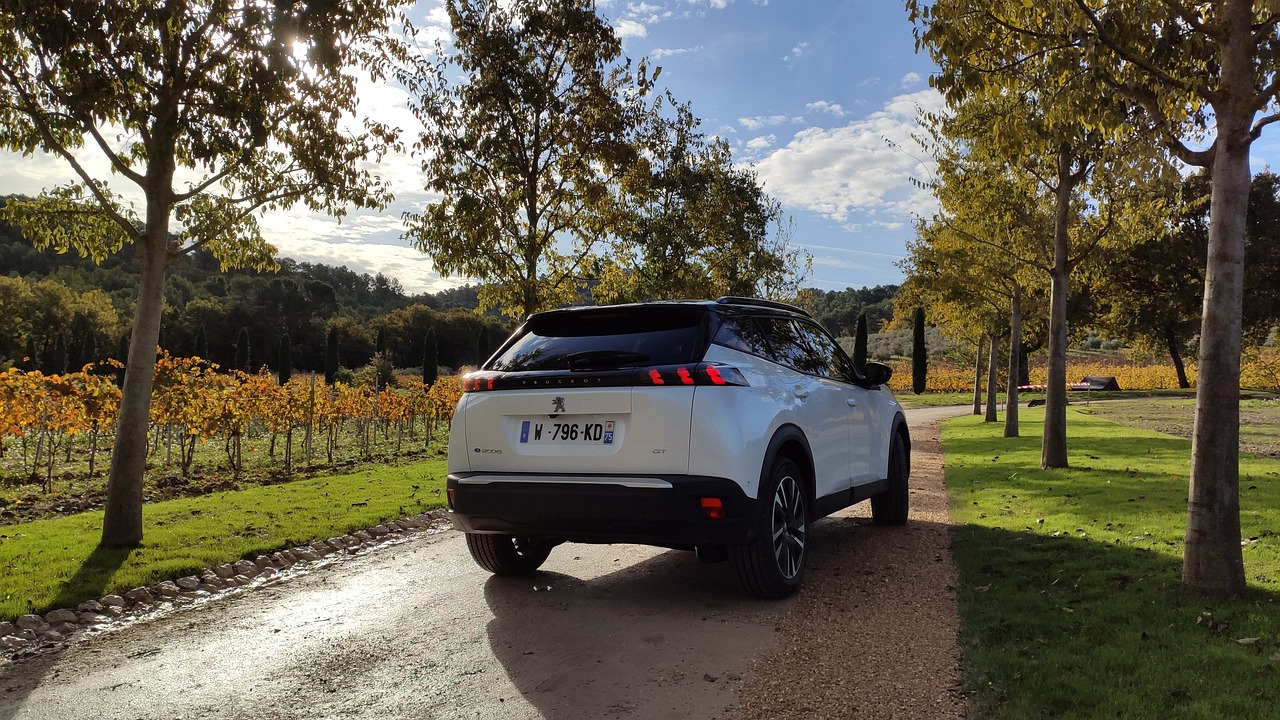
This image is property of pixabay.com.
Supercharger Technology
V2 vs. V3 Superchargers
Tesla’s V3 Superchargers represent the latest in charging technology, offering faster charging speeds with a peak rate of up to 250kW. In contrast, V2 chargers peak at 150kW. The V3 Superchargers are designed to reduce congestion and improve the charging experience with no power sharing between stalls.
Innovations in Supercharger technology
Tesla continually invests in technological advancements to improve the Supercharger network. These include battery preconditioning, which prepares the battery for optimal charging speeds upon arrival, and over-the-air software updates that enhance the charging efficiency of Tesla vehicles.
Environmental impact and sustainability
Tesla’s Supercharging network is increasingly powered by renewable energy sources, aligning with the company’s mission to accelerate the world’s transition to sustainable energy. Solar panels and grid storage systems are utilized at some locations to minimize the environmental footprint.
Planning a Trip with Superchargers
Using Tesla’s Trip Planner
Tesla’s in-built Trip Planner tool helps drivers plan routes that include necessary Supercharger stops, calculates the total travel time including charging, and updates dynamically based on driving conditions and battery level.
Long-distance travel with Superchargers
The widespread network of Superchargers makes long-distance travel in a Tesla not only possible but enjoyable. Strategic placement of charging stations ensures that drivers can reach their destinations with minimal disruptions.
Tips for efficient route planning
Effective route planning involves considering your Tesla’s range, the locations of Superchargers along your route, and making stops for charging during meal breaks or rest periods to optimize travel time and comfort.

This image is property of pixabay.com.
Supercharger Etiquette
Sharing chargers and managing wait times
Good charging etiquette involves parking in designated spaces, sharing Supercharger stalls where necessary (applicable only to V2 stations), and moving your vehicle once it’s charged to make way for other users.
Parking rules and considerations
At Supercharger stations, parking is intended strictly for charging. Once your Tesla is charged, it’s courteous to relocate to a standard parking space if you plan to stay in the area longer.
Safety tips while charging
For safety, never leave your vehicle unattended while it’s plugged in if you’re charging in an area with restricted access or limited visibility. Also, ensure the charging cable is securely connected to prevent interruptions.
Tesla Supercharger Alternatives
When to use Destination Charging
Destination Charging stations, typically found at hotels, restaurants, and shopping centers, are ideal for overnight charging or topping off your Tesla during longer stays at a location.
Comparing Superchargers with other EV charging networks
While Tesla’s Supercharger network is uniquely designed for Tesla vehicles offering unparalleled charging speeds, other EV charging networks can provide additional options for electric vehicle owners. However, they may require an adapter and possibly offer slower charging speeds.
Adapters for non-Tesla EV chargers
Tesla provides adapters that allow its vehicles to be charged using chargers from other networks, increasing the flexibility and charging options for Tesla owners.
Future of Supercharging
Expansion plans
Tesla’s roadmap includes aggressive expansion of the Supercharger network, focusing on covering more locations and adding more stations in high-demand areas to meet the growing fleet of Tesla vehicles.
Technological upgrades
Future improvements in Supercharger technology may include even faster charging solutions, better integration with renewable energy sources, and enhancements that further streamline the charging experience.
Integration with renewable energy sources
Continuing its commitment to sustainability, Tesla aims to power more of its Superchargers with renewable energy, reducing the carbon footprint of electric vehicle charging.
Tesla Supercharger Map Updates and Features
Recent updates to the Supercharger map
Tesla regularly updates its Supercharger map to reflect new stations, planned locations, temporary closures, and changes in charging capacity. These updates are essential for trip planning and for drivers to maximize the benefits of the Supercharger network.
Upcoming features and enhancements
Tesla is known for its continual innovation and customer feedback-driven updates. Anticipated enhancements to the Supercharger map could include more detailed site information, real-time occupancy data, and advanced filtering options.
User feedback and its impact on the map’s development
Tesla values user feedback and often incorporates it into its service enhancements. Drivers are encouraged to report their charging experiences and suggest improvements, playing an active role in the evolution of the Supercharger network.
